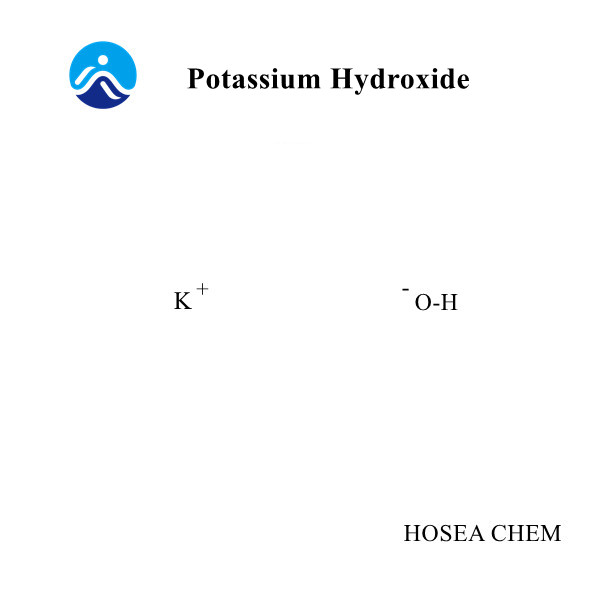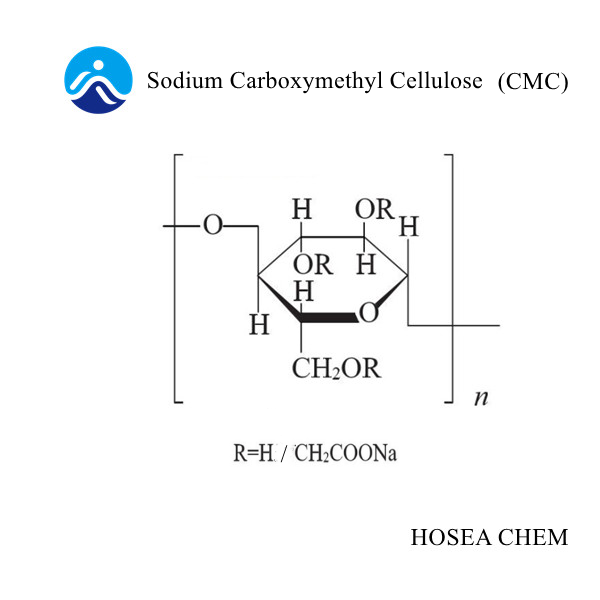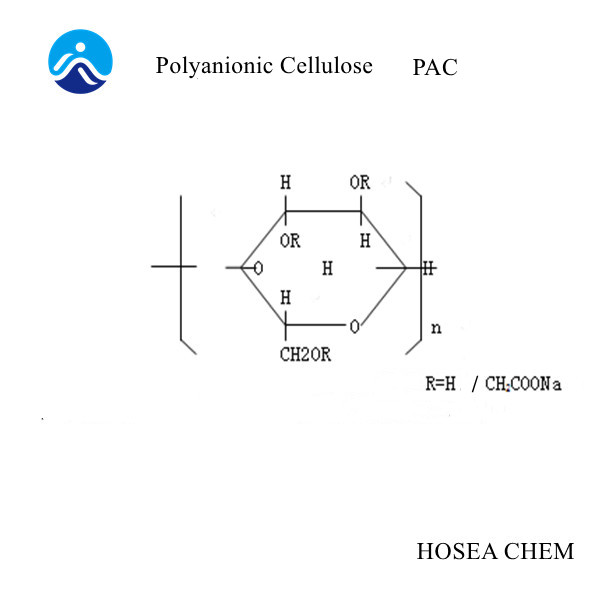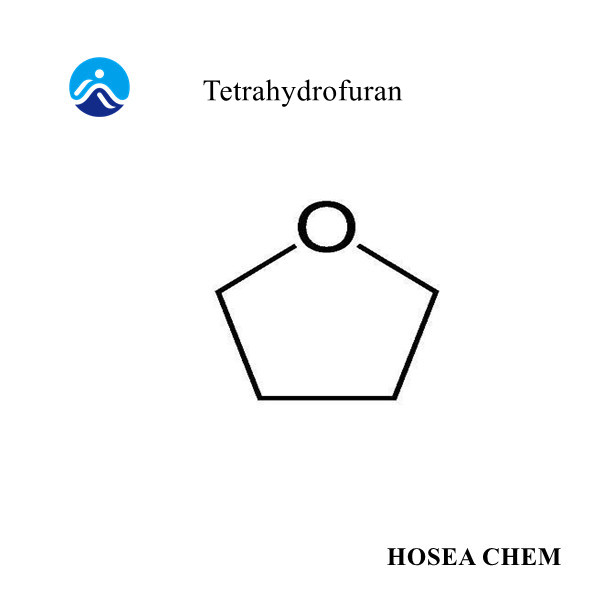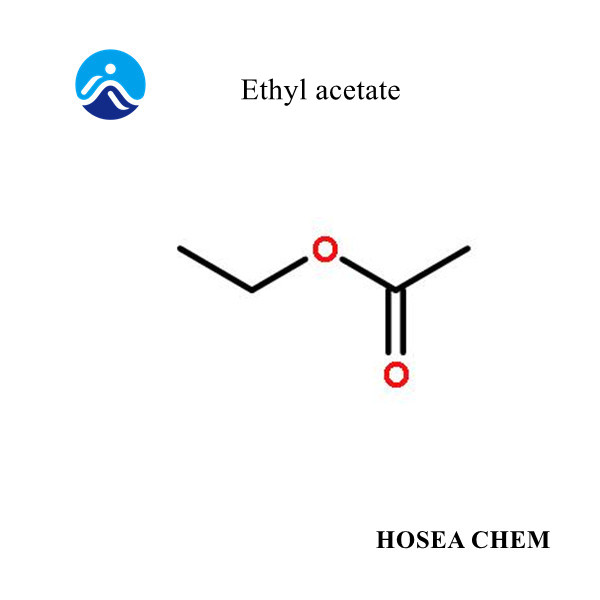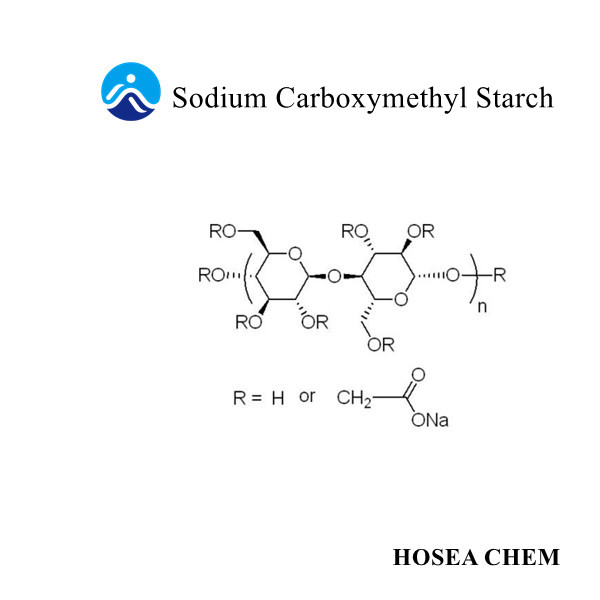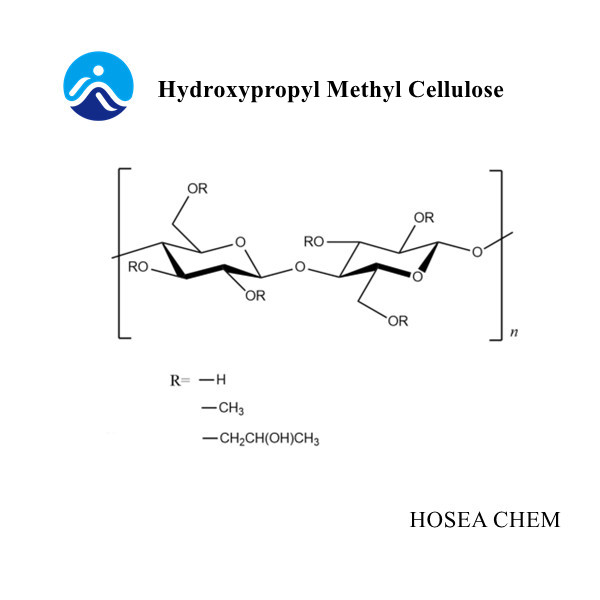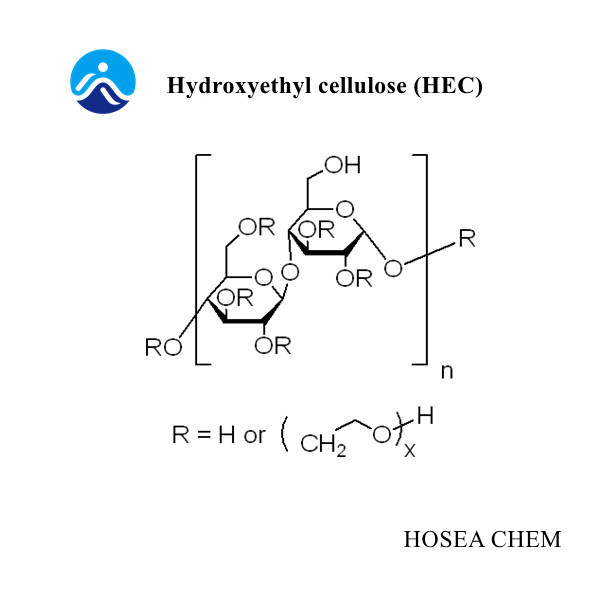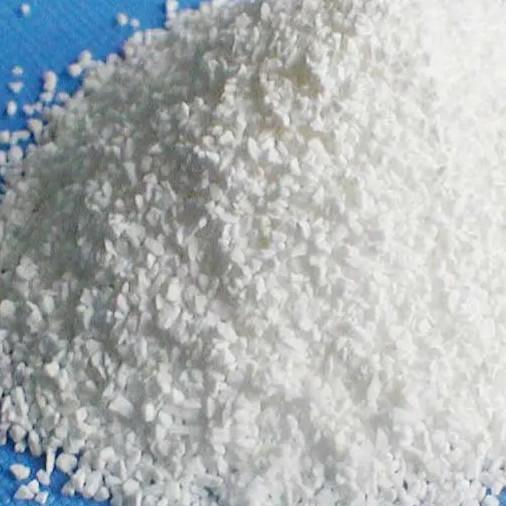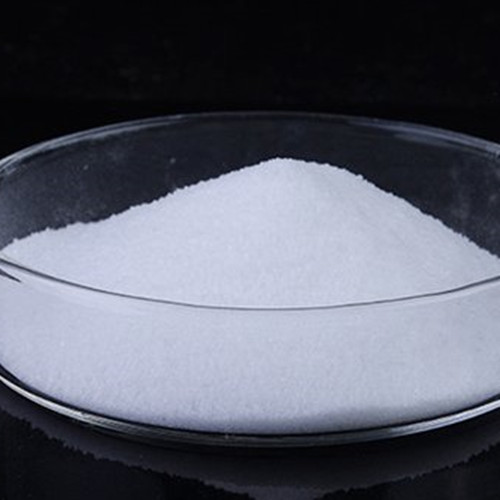Product Description
Chemical Name: Sodium Pyrophosphate
Chemical Formula: Na4P2O7
Molecular Weight: 265.90
CAS No.: 7722-88-5
Implementation Standard: GB25557-2010
Character: White powder, easily soluble in water, insoluble in alcohol, relative density 2.45, melting point 890°C. The aqueous solution is weakly alkaline and easily deliquescent in the air. The aqueous solution is relatively stable at 70°C. It will be hydrolyzed into disodium hydrogen phosphate when boiled.
Use:
In food processing, it can be used as a quality improver, emulsifying and dispersing agent, buffering agent, chelating agent, etc. It has the properties of condensed phosphate, has obvious chelating and dispersing effects, and can resist flocculation; it can prevent fat oxidation, casein thickening, etc. . When the pH value is high, it has the effect of inhibiting food spoilage and fermentation. Mainly used in the processing of meat and aquatic products, it can improve water holding capacity, keep meat fresh and tender, and stabilize natural pigments. It can also be used in starch manufacturing, etc., and is often used in combination with other condensed phosphates. Sodium pyrophosphate is generally added at 0.5-3‰ in food processing, and the maximum addition amount in aquatic product processing is 3%.
Package
25KG, double-layer plastic inner bag, outer bag is plastic woven bag.
Technical indicators:
1. Appearance: White powder or white granules
2. Na4P2O7 % ≥96.5 ≥97.0 ≥98.0
3. Orthophosphate: Passed the test
4. Water-insoluble matter %: ≤0.2
5 pH: 9.9-10.7
6. Heavy metals (calculated as Pb) mg/kg: ≤10
7. Lead (Pb) mg/kg: ≤4
8. Arsenic (As) mg/kg: ≤0.2
9. Drying weight loss %: ≤0.5
10. Fluorine (F) mg/kg: ≤50


